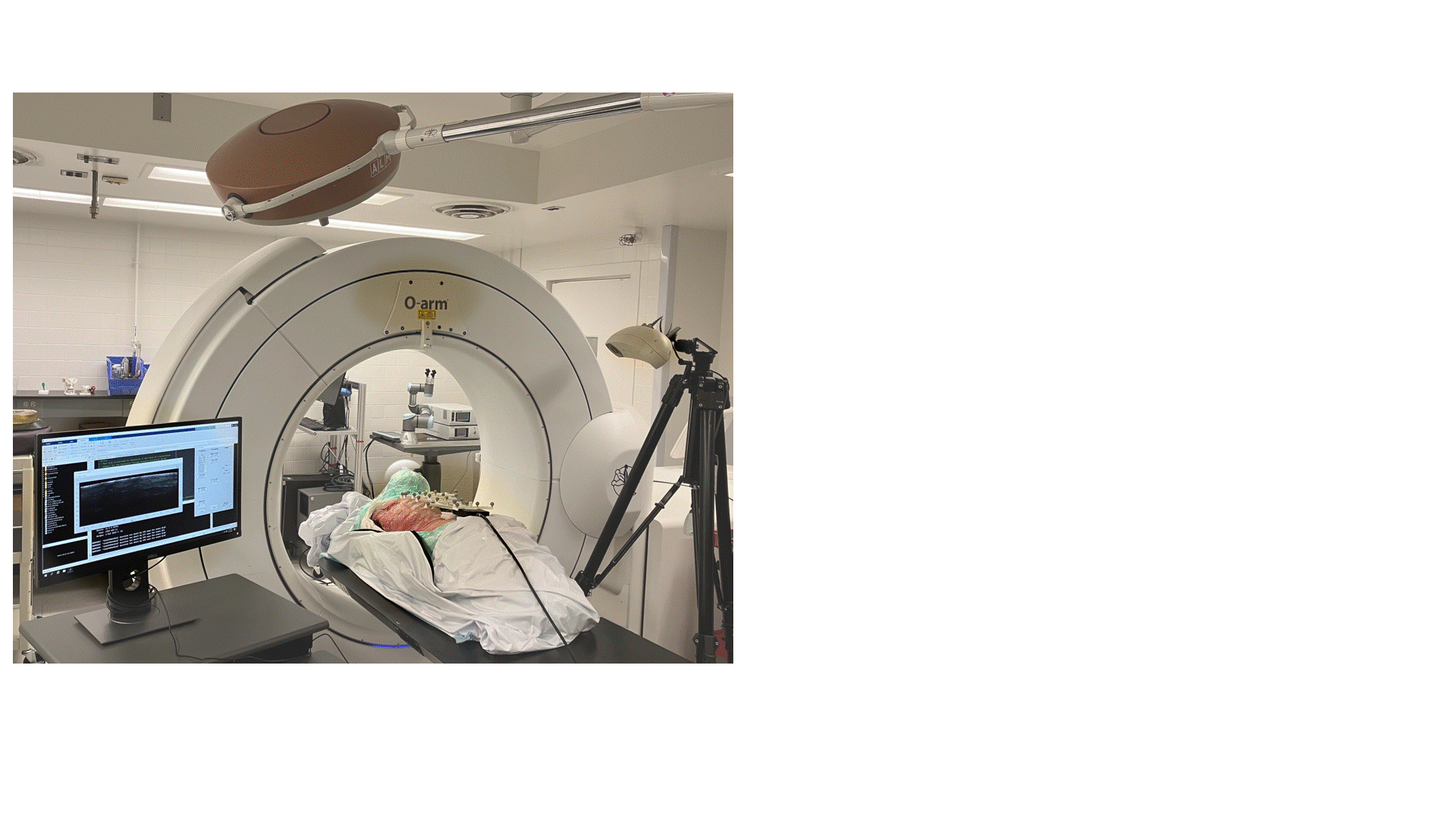Flexible array transducers can adapt to patient-specific geometries during real-time ultrasound (US) image-guided therapy monitoring. This makes the system radiation-free and less user-dependent. Accurately estimating the geometry of flexible transducers is crucial for the delay-and-sum (DAS) beamforming algorithm to reconstruct B-mode US images. The primary innovation of this research is to build a system named FLexible transducer with EXternal tracking (FLEX) to estimate the position of each element of the flexible transducer and reconstruct US images. Customized optical markers and a tracker were used to track the probe geometry. The coordinate position and azimuth angle of each element were estimated from the polygon fitting algorithm. Subsequently, traditional DAS was employed to estimate the delay from the tracked element position and reconstruct the US image from radio-frequency channel data. The proposed method was evaluated on both phantoms and cadaveric specimens to show its feasibility in clinical applications. The deviations of the tracked probe geometry by the proposed system compared to the ground truth system were measured to be 0.50±0.29 mm for the CIRS phantom, 0.54±0.35 mm for the deformable phantom, and 0.36±0.24 mm on the cadaveric specimen. We compared the target structure in the reconstructed US image generated using the untracked and tracked probe geometry. The Dice score of the reconstructed target structure of the CIRS phantom with untracked and tracked probe geometry was 62.3±9.2% and 95.1±3.3% respectively. The proposed method achieved high accuracy (<0.5 mm error) in tracking the element position for various random curvatures applicable for clinical deployment. The evaluation results show that the radiation-free proposed FLEX approach can effectively reconstruct US images and assist in monitoring image-guided therapy with minimal user dependency.

FLEX: FLexible transducer with EXternal tracking for ultrasound imaging with patient-specific geometry estimation
Sign-in or become an IEEE member to discover the full contents of the paper.
